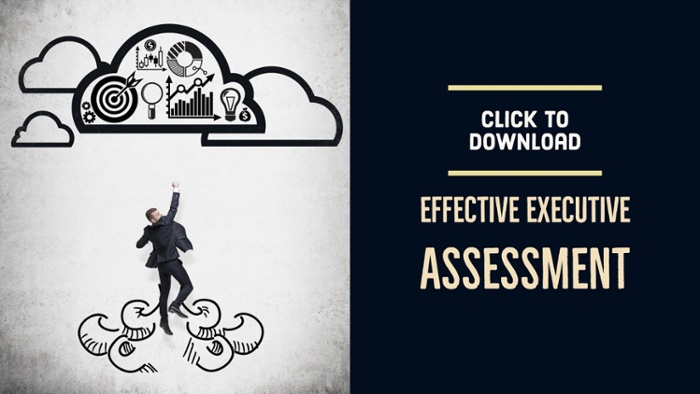The ability to listen is foundational to high-performance communication and collaboration. The normal test as to whether or not I’m a good listener is "do I understand what you said". If a high level of collaboration is the goal, this is a low standard of listening.
Consider the speed at which you form an opinion of what someone is saying... Versus how long it takes you to truly understand and appreciate their point of view. Effective collaboration requires the latter and every high-performance team requires empathy and understanding.
Even good listeners stop listening fully when they conclude that they know what they would have meant if they had just said what you said. It’s called Fast Pass Matching; you compare what you’re hearing to what you already know, figure out what the meaning would be if you were saying what you’re hearing, and accept that as the “true” interpretation of the words. It’s the fastest way to relieve yourself of the stress of trying to understand. It’s about conformation not information. Conformation is listening for content that conforms to what I know vs. listening for information that might inform.
In cases of collaboration, the real purpose of listening should be to learn something new. Real listening requires being aware of, and able to manage, the following levels of interpreting and responding to another person:
Levels of Listening
0. Bio-Reaction
Awareness of your physical reaction – typically fight, flight, or freeze
1. Content
Able and willing to report back what you heard
2. Compassion
Able and willing to speak from and for the other point of view, not as agreement, but as a way of checking your of understanding and acknowledging the other person’s perspective. No judgment added.
3. Essential Purpose
Able to hear what’s fundamental for someone – what they sincerely care about that is behind what they’re saying
4. Hearing An Insight
Able and willing to learning something new.
Listening as a Practice
Real listening requires intentional practice and starts with awareness of where you currently are. Notice yourself in conversations over the next few days. What level of listening are you at most of the time? Are you able to listen with curiosity rather than judgment? Can you listen fully and ask clarifying questions so you truly understand the other person's perspective? or are you putting your perspective onto them?
If you find you're not getting what you'd like out of your conversations, try shifting so you come from a place of curiosity. Ask questions to understand where the other person is coming from rather than assuming you know what they mean. Some simple questions like "what makes you say that?" or "why do you feel that way?" can work in a number of situations. When you can walk away learning something new - maybe something about the person, about their perspective or come from, about what inspires or motivates them - you may be surprised at what possibilities open up for you and your team. In our experience, this type of listening can help build trust and provides a foundation for a culture of learning and innovation.
The Neuroscience of Listening
Neuroscientist Uri Hansson talks about the science of listening in this interesting TED talk. While great stories can cause our brains to align, daily communication can be vastly mis-heard. One interesting finding is that our pre-existing belief systems impact brain waves and how we hear the same sentence in a story. Importantly, with awareness and intentional practice, we can train ourselves to listen at a higher level and communicate differently.
Our effective executive assessment is a nice tool to raise awareness of other opportunities for new practices:


